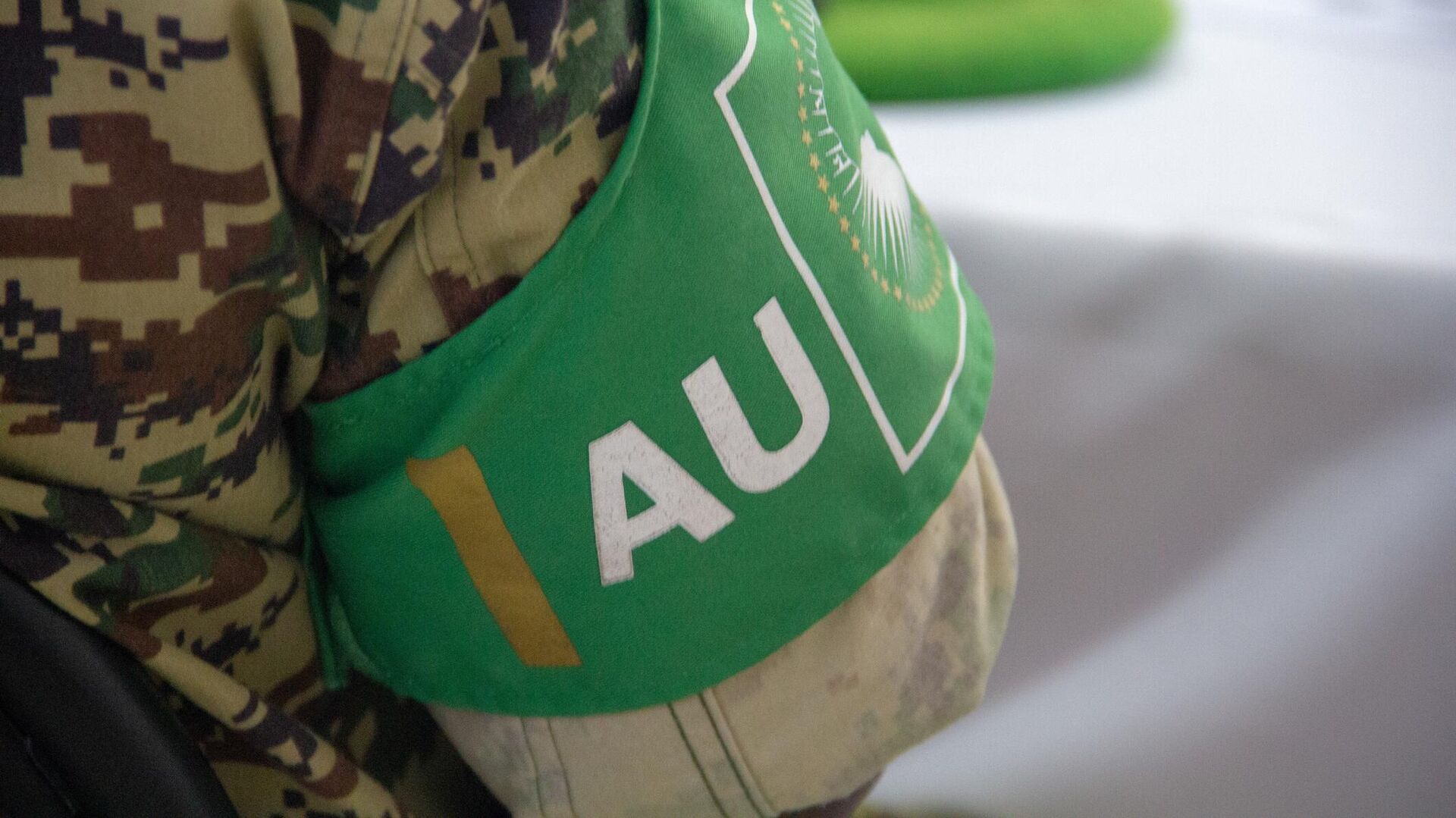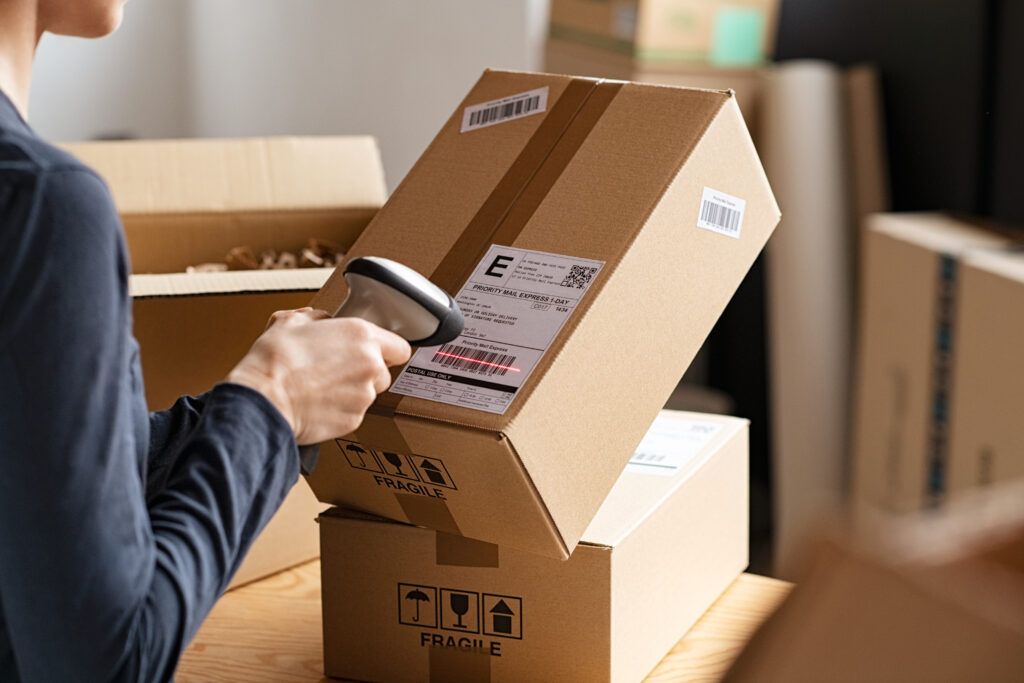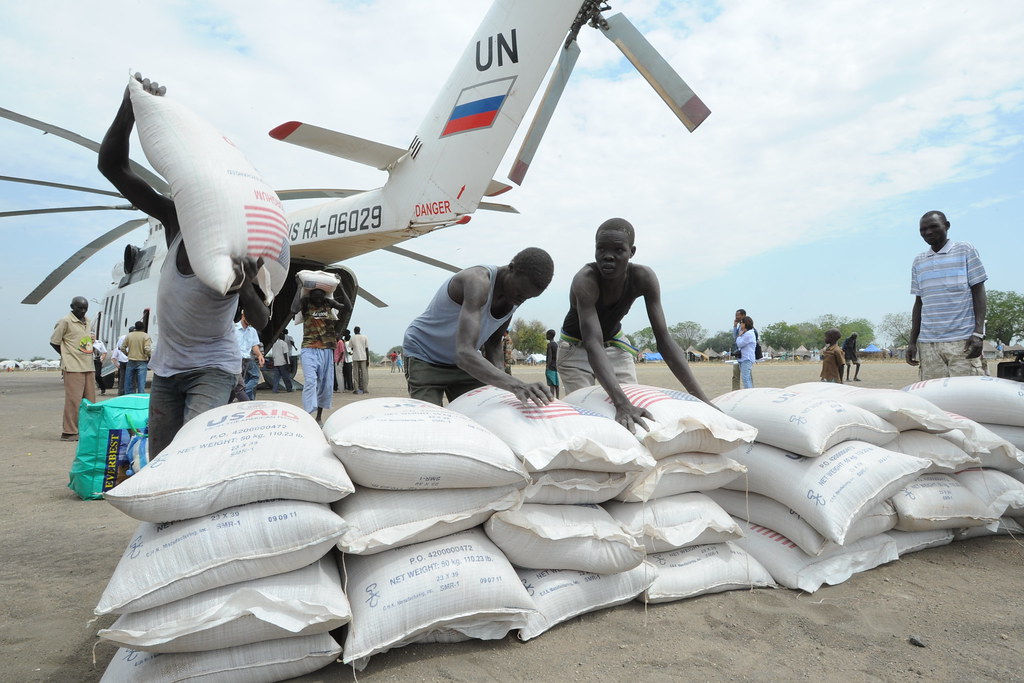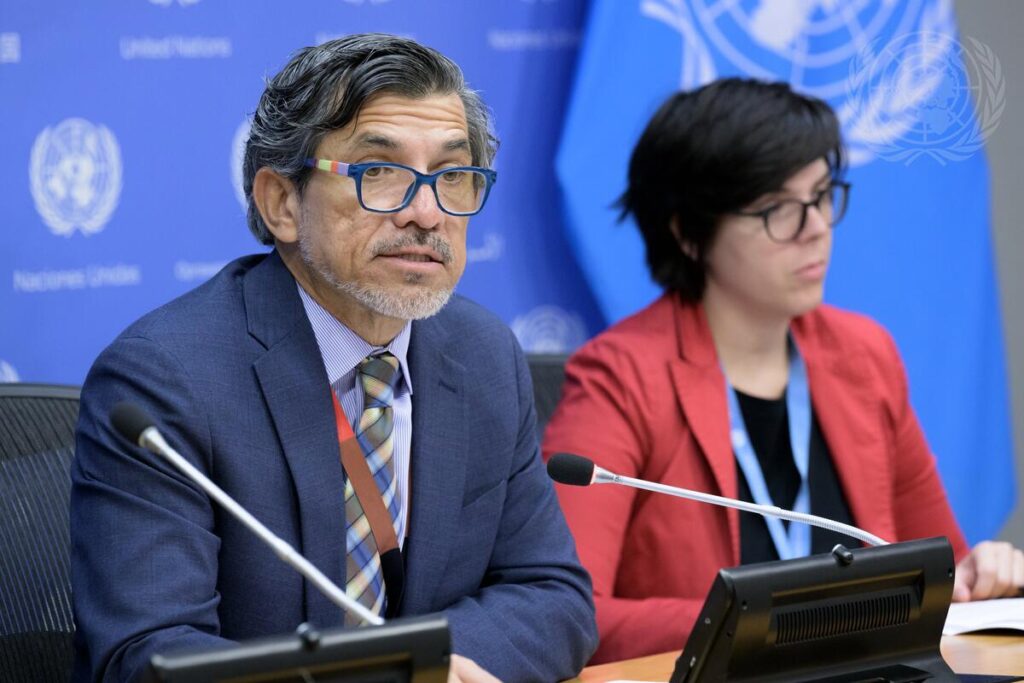As lawmakers in Washington debate America’s role in the world and the future of U.S. foreign assistance, one acronym is increasingly coming up: AUSSOM — the African Union Stabilization Support Operations Mission in Somalia.
Though it’s rarely grabbed Americans’ attention in the past, AUSSOM is emerging as a flashpoint in conversations on Capitol Hill about how the U.S. engages in global security — particularly when it comes to preventing terrorism, supporting regional stability and sharing the financial burden with international partners.
But why the fight over a mission 8,000 miles from American shores?
From Mogadishu to Washington
You can’t appreciate AUSSOM’s value without understanding Somalia’s strategic weight — because what happens in Mogadishu doesn’t stay there.
This Horn of Africa nation borders one of the world’s busiest shipping lanes and remains a hotbed for al-Shabaab, a deadly al-Qaeda affiliate that has bombed embassies, recruited foreign fighters (including Americans) and openly threatened international targets. Osama bin Laden even considered Somalia for his base of operations, drawn by its chaos and militant networks.
Then there’s trade. Somalia sits near the Bab el-Mandeb Strait, a strategic chokepoint linking the Red Sea to the Indian Ocean. Roughly 10% of global maritime trade passes through these waters, so when Somalia’s coast is used as a launchpad for piracy or terror attacks, global shipping — and therefore U.S. economic interests — are at risk.
Fact is, when instability festers, it fuels extremism, disrupts trade and spreads. Regionally, the spillover has already impacted Ethiopia, Kenya and Djibouti, all key U.S. security partners in East Africa.
When instability festers, it fuels extremism, disrupts trade and spreads.
It’s no wonder the U.S. has long paid close attention.
In the early 1990s, American troops joined a UN mission to deliver famine relief. That effort turned tragic in the 1993 Battle of Mogadishu (made famous in the Black Hawk Down blockbuster), when 18 U.S. soldiers were killed — reshaping American foreign policy.
Since then, the U.S. has favored fewer boots on the ground, backing peacekeeping missions and joint operations that promote stability without putting American lives directly at risk. It’s a strategy rooted in prevention — and one that missions like AUSSOM are built to deliver.
The Origins of AUSSOM
Launched in January 2025, AUSSOM is the latest iteration of international peace efforts that began nearly twenty years ago with AMISOM (African Union Mission in Somalia), followed by ATMIS (African Union Transition Mission in Somalia) — all aimed at helping Somalia recover from decades of violent extremism, political instability and fragile governance.
But AUSSOM marks a turning point. Unlike its predecessors, AUSSOM is leaner, more agile and Somali-led. Its goals? Degrade known terrorist organizations like al-Shabaab and ISIL-linked groups, support stabilization, rebuild state institutions and — most importantly — help Somalia take full control of its own security by December 2029.
That means shifting from foreign-led operations to Somali-owned security solutions, with African Union troops playing a supportive role.
The mission was approved by the African Union in August 2024 and authorized by the UN Security Council in December 2024 through Resolution 2767. Its mandate includes up to 12,000 uniformed personnel, including 680 police — with plans to reduce that number by the end of this year.
This mission is about preparing Somalia for life after international peacekeeping — and about giving Somali forces the training, tools and trust to secure their own future. In short, AUSSOM is the final chapter in a long peacekeeping story — and the first in a new era of Somali-led stability.
The Funding Fight: Enter Resolution 2719
AUSSOM’s unique value goes back to December 2023. That’s when the UN Security Council adopted U.S.-backed Resolution 2719, which authorized a new model for funding African Union-led peace operations. Instead of relying solely on voluntary donations or short-term bilateral deals, it introduced a hybrid funding structure that, for the first time, allows for UN-assessed contributions to support African-led efforts.
Why does that matter? Because assessed contributions — used for traditional UN peacekeeping missions — are predictable, reliable and fairly shared across Member States. That means the financial burden doesn’t fall only on a few donors (notably the U.S.), and missions aren’t left scrambling for funds mid-crisis.
For AUSSOM, this isn’t just a bookkeeping detail — it’s a lifeline. Stable financing means troops can be trained and equipped before they deploy. It means more consistent pay, better logistics and faster response times when violence erupts. In short, it helps African peacekeepers succeed — while giving American taxpayers greater transparency and accountability for every dollar spent.
Counterintuitively, this is also where the rub arises.
Stable financing means consistent pay, better logistics and faster response times — while giving American taxpayers greater transparency and accountability for every dollar spent.
Policymaker Pushback
In early 2024, a few U.S. lawmakers raised concerns that this funding approach — one that draws partially from assessed dues — amounts to a blank check. As one Senator put it bluntly on social media:
“Funding schemes like Resolution 2719 let others dodge the bill and dump the cost on U.S. taxpayers.”
That frustration crystallized in the form of the AUSSOM Funding Restriction Act — legislation that would prohibit U.S. contributions to AUSSOM through the new UN framework unless the African Union and UN can demonstrate measurable results and fiscal responsibility.
Basically, support the mission, but not without strings attached.
U.S. backing of Resolution 2719 notwithstanding, it’s a fair point. It also misses the very reasons Somalia matters, and why America can’t just walk away.
The fact is that hybrid funding was part of a tranche of reform efforts pushed by the U.S. that actually increases the burden-sharing that policymakers like the distinguished Senator are calling for. And with more burden-sharing comes more allied voices demanding accountability — along with a funding structure that lets the U.S. insist on transparency from the outset. Bilateral or ad hoc financing simply can’t achieve that.
Bonus: AUSSOM is African led, without U.S. troops on the front lines. In other words: no possibility of another Black Hawk Down.
Instead, America provides some funding and world-class training, while allowing regional actors to take the lead. That’s exactly the kind of burden-sharing Capitol Hill has long called for.
Reform, Yes. Disengagement, No.
There’s no question the UN Security Council needs reform — and certainly no question that both the AU and UN must be held to the highest standards of transparency and accountability. But cutting funding for AUSSOM altogether, especially in its early stages, would undermine the very structures the U.S. has both advocated for and helped shore up.
As UN peace operations evolve to support regional leadership and long-term stability, models like the one proposed in Resolution 2719 can be part of the solution. But they require constructive U.S. engagement to work.
If the U.S. pulls out prematurely, the African Union may be left without the resources to sustain the mission. The Somali government, already stretched thin, could lose key security support. And al-Shabaab and ISIL would be the ones celebrating the vacuum left behind.
If the U.S. pulls out prematurely, the African Union may be left without the resources to sustain the mission… and al-Shabaab and ISIL would be the ones celebrating the vacuum left behind.
The Road Ahead
The debate over AUSSOM is bigger than one mission. It raises fundamental questions about how the U.S. wants to engage with the world:
Should America lead in shaping international peace and security frameworks?
Can the U.S. support African led missions without taking on the full financial load?
Is there a smarter, more accountable way to invest in global stability?
As Congress considers whether to fund or freeze AUSSOM support, the answers to those questions could shape not just Somalia’s future, but America’s global role in the decades to come.
From where we sit 8,000 miles away, creating more distance doesn’t appear to be the answer.




